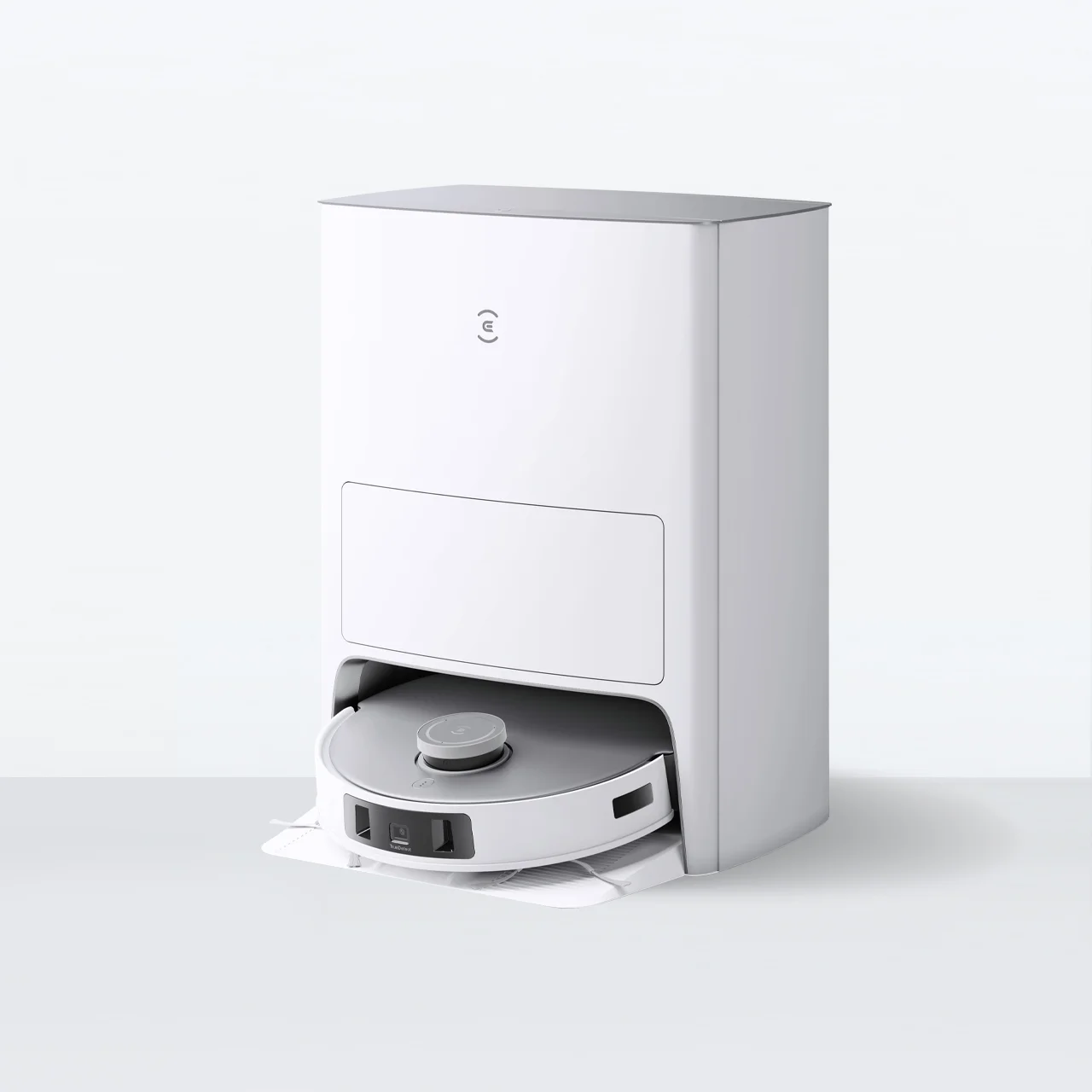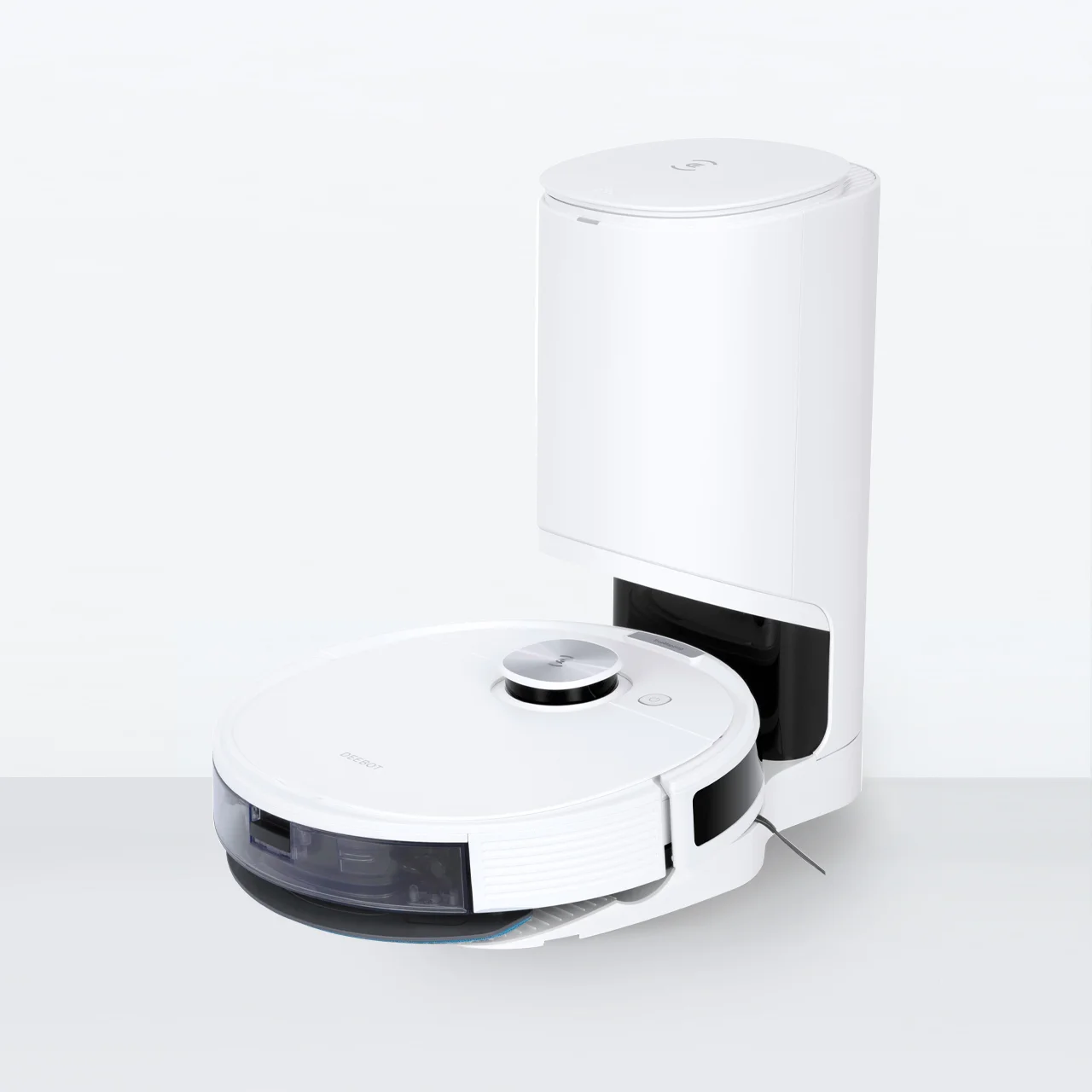
If you are suffered from allergy, asthma, respiratory and immune conditions, or simply looking for ways to create a cleaner and healthier environment, you may have come across HEPA vacuums. These specialized vacuums are designed to remove dust, pollen, pet dander, mould, and other allergens from the surrounding. But what exactly are HEPA vacuums, and should you get one?
What are HEPA Vacuums?
First and foremost, HEPA stands for High-Efficiency Particulate Air, and HEPA vacuums are simply specialized vacuum cleaners equipped with HEPA filters. According to the BS EN 1822-1 or ISO 29463-1, the European standard for filters in ventilation and air conditioning, a filter can be classified as a HEPA filter if its filter efficiency meets the criteria of eliminating a minimum of 99.95% (H13 filter) or 99.995% (H14 filter) for the MPPS*. The standard further classified HEPA filters into different grades based on their efficiency.
|
Group |
Filter Class (EN 1822) |
Overall Efficiency (%) |
|
Group E: EPA filters (Efficient Particulate Air filter) |
E10 |
≥ 85 |
|
E11 |
≥ 95 |
|
|
E12 |
≥ 99.5 |
|
|
Group H: HEPA filters (High Efficiency Particulate Air filter) |
H13 |
≥ 99.95 |
|
H14 |
≥ 99.995 |
|
|
Group U: ULPA filters (Ultra Low Penetration Air filter) |
U15 |
≥ 99.9995 |
|
U16 |
≥ 99.99995 |
|
|
U17 |
≥ 99.999995 |
Noted that the term ‘efficiency’ is defined as the filtration efficiency against the ‘most penetrating particle size’ (MPPS). It is safe to say HEPA filters can effectively capture most common pollutants and allergens, setting them apart from regular vacuum cleaners in improving indoor air quality.
Other than homes, they are widely utilized in hospitals, clinics, pharmaceutical and even nuclear facilities to protect people by filtering out health-threatening contaminants from the air.
Best DEEBOT Robot Vacuums With Highly Efficient Filter System

As a leading brand in robotic vacuum cleaners, ECOVACS’ DEEBOT series offers a range of models that are equipped with a three-later filter system that effectively removing 99%1 of dust, bacteria and allergens. The three-layer filter system is consisted of two pre-filters for capturing larger particles like pet hair and dust, and a washable filter cartridge for filtering ultra-fine particles such as microscopic dust and allergens.
Note that the standard for HEPA filter should be H13 or above. That being said, opting for an F9 or E11 level filter is generally sufficient for most households, improving indoor air quality by removing up to 99% of airborne particles. While HEPA filters effectively capture minuscule particles and allergens, some individuals may still be sensitive to the remaining ultrafine particulates.
DEEBOT T20 OMNI
DEEBOT T20 OMNI is the latest All-in-One model with the signature auto mop-lifting features. When this vacuum and mop combo detected a carpet or rug, it will automatically lift the mop to keep your carpet clean and dry. It is also paired with the powerful OMNI station, where it charges the vacuum, empties the dustbins, clean the mop heads with 55℃ hot water to remove stubborn stains, then dry them with hot air.
This model is equipped with E11-rated High-Efficiency Filter that removes 99%* of microscopic dust and allergens, which cannot be seen by the naked eye. (*Test data from a third-party authoritative laboratory.)
DEEBOT X1 OMNI
Considered as the flagship model of the DEEBOT series, DEEBOT X1 OMNI has a timeless design by the well-know design firm JACOB JANSEN DESIGN, and features a powerful 5000 Pa suction power2. This model also paired with the all-in-one OMNI station. Thanks to the use of TrueMapping 2.0 technology, it can create precise virtual 3D map and plan the most efficient cleaning routes without damaging the walls and furniture. In terms of filter, it has a F9 washable filter cartridge that supports triple micro-dust filtration, blocking 99% *of micro-dust and allergens as small as 0.3–0.5μm.(*Test data from a third-party authoritative laboratory.)
DEEBOT N10 Plus
DEEBOT N10 Plus is another vacuum and mop combo under the ECOVACS family. Featured an upgraded 5200mAh battery, this model can clean up to 300 minutes3 on a single charge, together with a powerful 4,300 Pa suction power4, it offers an all-rounded cleaning experience without sacrificing performance for budget.
On the other hand, it includes an E11-rated filter and enhanced with the use of two antibacterial agents, achieving an antibacterial rate of over 99.99%*. Furthermore, the activated carbon layer helps absorb unpleasant smells produced by regular household waste. (*Test data from a third-party authoritative laboratory.)
Benefits of HEPA Vacuums
Before buying a HEPA vacuums, you should know how you can benefit from them.
Improved Indoor Air Quality
Vacuum cleaners with HEPA filter are known to effectively capture and trap dust, pollen, pet hair, moulds and other allergens that can trigger allergies and respiratory conditions. By filtering these airborne particles, these vacuums reduce the presence of allergens and irritants, creating a cleaner and healthier living environment. HEPA vacuums also prevent the recirculation of captured particles, ensuring they are trapped and not released back into the air. This is particularly beneficial for those with asthma, allergies or respiratory conditions.
Allergen Reduction
Since HEPA vacuums are designed to remove and capture common minuscule particles that trigger allergy reactions, they ensure these allergens are trapped and not circulated back into the air, therefore reducing exposure and minimizing allergy symptoms.
With regular and thorough use, HEPA vacuum cleaners help maintain a cleaner and allergen-free surrounding, which is a relief to allergy sufferers and improving overall well-being.

Pet Hair and Odour Control
For those who have pets at home, especially pets with long hair like collies, golden retrievers and shepherds that drop their undercoat twice a year. Not only they get hair everywhere, their saliva, dead skin and urine that get trapped on the hair, together with other substances such as dust, pollen and dust, can cause allergic reactions. For those who are vulnerable to allergy will suffer from sneezing, coughing and itchiness when contact with animal fur.
HEPA vacuums can capture pet hair and dander, minimizing their presence on floors, carpets and furniture. Some HEPA vacuums are even equipped with multiple filtration layers or activated carbon filters that neutralize pet odours, leaving your home smelling fresh and clean.
Cleaner Carpets and Rugs
Carpets and rugs, in particular the high pile ones such as oriental and wool rugs, can easily trap dirt, debris like food crumbs and allergens in between the fibres. With strong suction power, HEPA vacuum cleaners can effectively remove the particles embedded deep within carpets and rugs without damaging them, improving the overall cleanliness and condition of the carpets.
Affordable and low maintenance
HEPA filters are proved to be beneficial in many ways, and the good news is that they are not difficult or expensive to get. A number of manufacturers offered their own versions of HEPA filters, ensuring that they are compatible with major models on the market. On the other hand, you can simply clean HEPA filters with specific attachments on your vacuum cleaner. For the washable ones, rinse them with water then wait until they are completely dry before attaching them back to the device. It is also recommended to replace these filters every 3–4 months for optimal performance. Always refer to the manual for cleaning and replacement instructions.
Considerations When Choosing a HEPA Vacuum

Thinking about a HEPA vacuum? Consider the following factors when choosing one.
Filtration System:
When selecting a HEPA vacuum, you can start with evaluating the filtration system. Different gradings represents how many airborne particles they can effectively filter, for instance, if you are susceptible to allergic reactions, you may want to look for vacuums with high-graded HEPA filters.
Certain vacuum cleaners also offer additional filtration layers or pre-filters features, further enhancing their filtration efficiency. Moreover, activated carbon filters can help purify and neutralize bad smells in the room.
Maintenance and Filter Replacement:
Regular cleaning and maintenance are recommended to keep your vacuum cleaner at optimal state. From emptying the dustbins and untangling the brush rolls to cleaning the filters and hoses, these preventative measures can prolong the device’s lifespan. The same goes to HEPA vacuums, specifically the filters that play a crucial role in improving the filtration ability.
If you wish to stay on top of the maintenance schedule and keep track of the performance of your vacuum, consider upgrading to smart vacuums. They are compatible with apps, allowing users to set virtual barriers and cleaning schedules. Robotic vacuum cleaners can also alert users via the app when it is time to clean and replace certain components, making them convenient to use.
Noise:
HEPA filters generally work more effectively with vacuum cleaners that have strong suction power. It helps to pull a greater volume of air through the filter, therefore capturing more particles and allergens in the room. Vacuum cleaners with weak suction power may not generate enough airflow for the HEPA filter. As a result, people raise concerns about noise from the powerful suction, especially in households with babies.
While many models provide quiet mode, consider using the HEPA vacuum during the day and avoiding quiet rooms, to allow it to operate at its best with strong suction power.
Budget:
HEPA vacuums are typically more expensive than regular models as the filter requires regular replacement. However, the ability to reduce allergens and improve the air quality makes them worth the price. For reference, the ECOVACS DEEBOT Antibacterial* filter is priced at £17.38 for three and is compatible to several DEEBOT smart vacuums.
*ECOVACS DEEBOT Antibacterial Filter is a treated article.
ECOVACS DEEBOT Antibacterial Filter contains active substances Silver nitrate(CAS No.:7761-88-8, EC NO.:231-853-9) and PHMB(CAS No.:32289-58-0 and 1802181-67-4).
FAQ
What is the difference between a regular vacuum and a HEPA vacuum?
HEPA vacuums are equipped with specialized filters that capture at least 99.97% of particles as small as 0.3 microns, making them much more effective at removing pollutants and allergens than regular vacuums.
Do I need a HEPA vacuum if I have an air purifier?
While air purifiers are effective at removing airborne pollutants, they do not address particles that have already settled on surfaces. HEPA vacuums can remove these particles from your floors, carpets and furniture.
How does a HEPA vacuum work?
HEPA vacuums use specialized filters to capture particles as small as 0.3 microns. These filters are made of dense layers of fine mesh that trap particles as air passes through them. The captured particles are then stored in a separate container or bag, preventing them from being released back into the air.
Disclaimer(s):
- 99% antibacterial effect on common bacteria (Escherichia coli, Staphylococcus aureus). Test data from a third-party authoritative laboratory.
- 5,000Pa: The data is based on testing from the ECOVACS laboratory. The suction power of DEEBOT T10 OMNI, DEEBOT X1 OMNI, DEEBOT X1 TURBO and DEEBOT X1 PLUS can reach 5,000Pa.
- 300 minutes: The DEEBOT N10 features an upgraded 5,200mAh battery, giving it a maximum runtime of 300 minutes on a single charge while sweeping on silent mode on hard floors.
- 4,300Pa: This data comes from ECOVACS laboratory. The suction power of DEEBOT N10 and DEEBOT N10 PLUS can reach 4,300Pa.
Related Products









